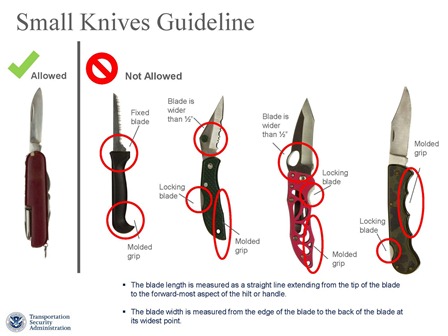Now this is scary:
By order of the FAA, U.S. airlines have removed the emergency oxygen generators on all U.S. airplanes. Here’s the story I worked on today today for msnbc.com: FAA: No more oxygen in airplane lavatories.
Citing security concerns, the federal government in secrecy last month ordered every airline in the United States to remove emergency oxygen in every lavatory on all 6,000 domestic commercial aircraft.
Under Air Worthiness Directive 2011-04-09, made public this week, the Federal Aviation Administration directed all airlines to disable the lavatory oxygen generators to “eliminate a potential safety and security vulnerability.”
That means that if there’s a sudden loss of cabin pressure, now only those passengers at their seats will have oxygen flowing to the masks that drop down from the ceiling.
“I’m in shock,” said Kate Hanni, executive director of Flyersrights.org, a nonprofit airline passengers’ rights organization. “We get reports of mid-air decompression events all the time. So now going to the bathroom on a commercial flight can kill you? I’m panicking just thinking about this.”
Although rapid decompression is rare, it does happen. In October, for example, oxygen masks were deployed on an American Airlines flight enroute from Miami to Boston after the cabin lost pressure when a two-foot hole tore open in the plane’s fuselage . The crew declared an emergency, and the plane safely returned to Miami. Passengers were panicked, but no one was injured.
But under the FAA’s new directive, any passengers who happen to be in the airplane restroom should such an event occur would no longer have immediate access to oxygen.
According to the FAA, the airlines completed disabling the oxygen generators in the lavatories of all 6,000 U.S. aircraft on March 4. The FAA said in a statement released Thursday that it delayed informing the public about this action because it was concerned about keeping travelers “as safe and secure as possible.”
The agency told NBC News that the action was done proactively in response not to a specific threat but to general concerns that a terrorist could use the lavatory oxygen to start a fire or ignite a bomb.
“Had the FAA publicized the existence of this security vulnerability prior to airlines fixing it, thousands of planes across the U.S. and the safety of passengers could have been at risk,” the FAA stated.
The agency noted that it is working with aircraft manufacturers “to design, certify, and install a new lavatory oxygen system” on all aircraft, adding that “if there is a sudden loss of cabin pressure, pilots are already trained to guide the aircraft to a safe, breathable altitude as quickly as possible. Flight attendants are also already trained to assist passengers to quickly access oxygen — including those in the lavatories.”
Sara Keagle, a flight attendant who blogs at TheFlyingPinto.com, said flight attendants had not yet received training on the new directive but added that they already have access to portable oxygen bottles that could be used to assist any passengers in a lavatory.
“If a decompression should occur, flight attendants are trained to get on oxygen immediately,” she said. “Once it is safe, we would don a portable oxygen bottle and check the cabin, including the lavs, to make sure everyone was OK.”
But Arthur Alan Wolk, an aviation safety expert and licensed jet pilot, said: “Part of the idea of the oxygen mask dropping from the ceiling during loss of cabin pressure is to keep the occupants of the main cabin alive until an airplane gets down to a breathable altitude. By eliminating the source of oxygen for the unlucky souls in the bathroom, you’ve just killed those people.”
Airlines were expected to begin informing passengers about the lack of lavatory oxygen generators on seatback briefing cards, during the verbal passenger safety briefing presentation and on signs posted in airplane bathrooms.

